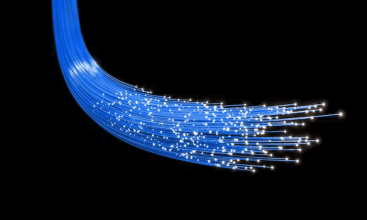Question
a.
Ionic
b.
Dielectric
c.
Conductive
d.
Spectroscopic
Posted under Tissue Engineering
Interact with the Community - Share Your Thoughts
Uncertain About the Answer? Seek Clarification Here.
Understand the Explanation? Include it Here.
Q. _______________ relaxation comprises ionic conductivity and interfacial and space charge relaxation.
Similar Questions
Explore Relevant Multiple Choice Questions (MCQs)
Q. Debye relaxation is the dielectric relaxation response of an ideal, non-interacting population of dipoles to an alternating external electric field.
View solution
Q. ______________ relaxation as a whole is the result of the movement of dipoles (dipole relaxation) and electric charges (ionic relaxation) due to an applied alternating field.
View solution
Q. Atomic polarization is observed when the nucleus of the atom reorients in response to the electric field.
View solution
Q. _________ spectroscopy is based on the interaction of an external field with the electric dipole moment of the sample, often expressed by the permittivity.
View solution
Q. Impedance spectroscopy measures the resistance and capacitance properties of material via application of a ______________ air conditioning excitation signal of c. 2–10 mV.
View solution
Q. Small molecule sensors are an effective way to detect the presence of fungal cells.
View solution
Q. Sucrose is a way of testing for glycemia.
View solution
Q. Which sensor uses the principle of Total Internal Reflection?
View solution
Q. Surface plasmon resonance (SPR) is the resonant oscillation of conduction electrons at the interface between negative and positive permittivity material stimulated by incident light.
View solution
Q. The __________ is a biomolecule that recognizes the target analyte whereas the transducer converts the recognition event into a measurable signal.
View solution
Q. A _________ crystal is a part of a sensor which primarily works using the principle of oscillation changes because of the mass bound to the surface of the piezoelectric crystal.
View solution
Q. _________ are devices used to detect the presence or concentration of a biological analyte, such as a biomolecule, a biological structure or a microorganism.
View solution
Recommended Subjects
Are you eager to expand your knowledge beyond Tissue Engineering? We've handpicked a range of related categories that you might find intriguing.
Click on the categories below to discover a wealth of MCQs and enrich your understanding of various subjects. Happy exploring!








